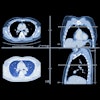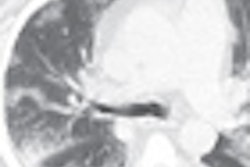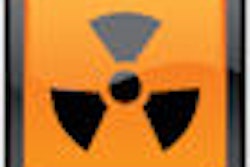Ultrasound exams should be performed to diagnose children with inflammatory neck masses, with CT exams ordered only for patients suspected of having deep neck infection or airway compromise, Israeli researchers recommend in an article published online September 4 in European Radiology.
Radiologists from the Hadassah-Hebrew University Medical Center in Jerusalem reached this conclusion after retrospectively reviewing three years of medical records of 201 children who were admitted to their hospital with an acute inflammatory neck mass from 2005 to 2008. They determined that ultrasound examinations provided sufficient information about the nature, location, and extent of the inflammatory masses in 97.6% of the patients, and that when ordered, CT exams provided additional information for only 16% of the patients who had the procedure.
The objective of the study was to determine the additional value of contrast-enhanced CT exams compared with ultrasound exams in the evaluation of acute cervical inflammatory masses of children under the age of 16, according to lead author Dr. Katya Rozovsky of the department of radiology.
The patient cohort included 108 boys and 102 girls ranging in age from two months to 16 years (mean 4.5 years), all of whom underwent diagnostic sonography and Doppler imaging of the neck. Eleven of the patients who had the initial examination performed by an on-call resident had a second exam performed by the attending radiologist, resulting in a change of diagnoses for four patients.
Overall, images from ultrasound exams provided sufficient information to make a diagnosis for 184 of the 185 children who only had this procedure. CT exams were ordered for 25 of the 201 patients within two hours to three days following hospital admission, but provided additional information for only four patients.
Two of the procedures revealed airway compromise, one procedure identified small left peritonsillar collection, and one procedure identified small round anterior neck collection and a suspected thyroglossal duct cyst.
In both cases of airway compromise, CT images showed laryngeal displacement or narrowing that had not been identified in the ultrasound exam. The findings from these CT examinations had an impact on patient management. Both patients were intubated and admitted to the hospital's intensive care unit.
CT findings provided sufficient indication for surgical drainage for a 15-year-old girl with a history of recurrent peritonsillar abscess. The other patient was treated conservatively, according to the authors.
Copyright © 2009 AuntMinnie.com




















